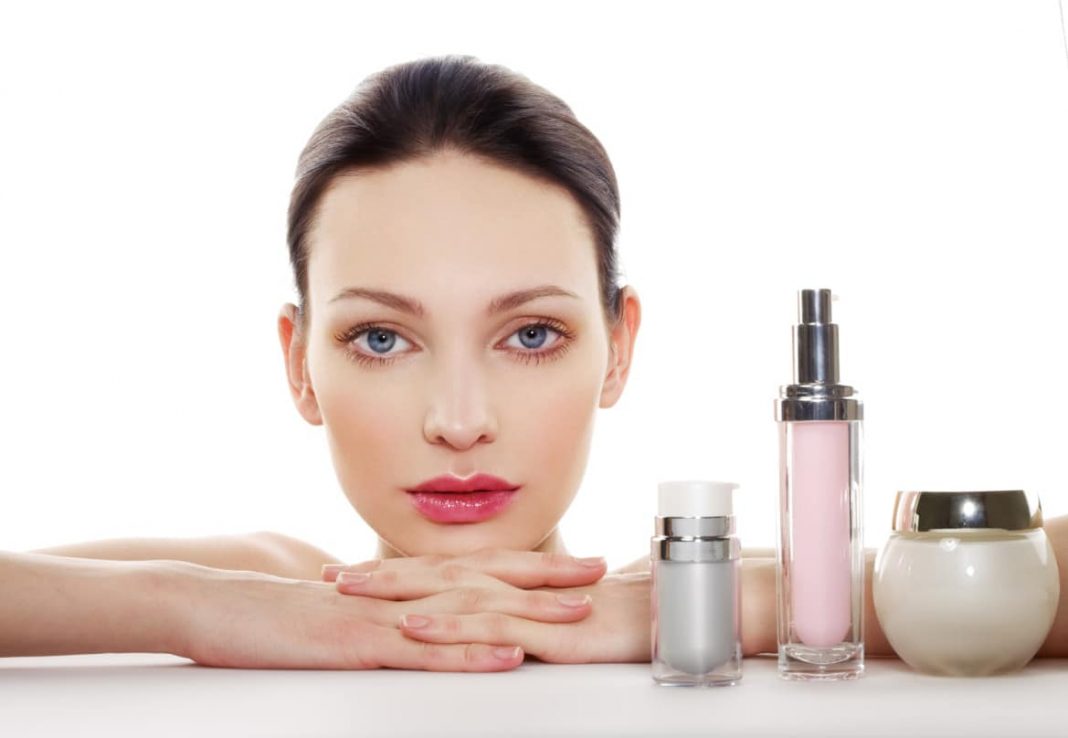An entire variety of lotions and facial creams are being sold in the market nowadays which promises the same things—wrinkle reduction and reversal of skin damage from the sun. But really, do all these products deliver on their promises?
The answer to that question depends on a whole lot of factors. It relies on the specific ingredients included in the product you chose and how long you’ll be using it. Because most of these beauty products are considered non-prescriptions, they are not classified as drugs, ergo their manufacturers are not inclined or required to undergo scientific research to prove their effectiveness to their target market.
If it’s facelift that you want, you’re probably better off looking somewhere else, because those over-the-counter creams will only provide you with benefits that are modest at best.
What are the common ingredients in anti-wrinkle creams?
Your wrinkle cream of choice’s effectivity will partly depend on what it has in it. So here are some of the most common ingredients that make up many an anti-wrinkle cream in the store shelves nowadays.
- Retinol
This is a vitamin A compound. Retinol is known to improve the skin’s elasticity and is used widely in the making of over-the-counter wrinkle creams. Antioxidants are compounds that bind the harmful free radicals in the body which if left alone can lead to cell breakdown and skin aging.
- Vitamin C.
This is another kind of antioxidant. Vitamin C helps in protecting the skin from damages incurred from sun exposure. Therefore, wrinkle creams that contain vitamin C should be stored somewhere not in direct contact with air and sunlight so its potency won’t be entirely lost.
- Hydroxy acids.
Alpha hydroxyl acids (AHA), beta hydroxy acids and polyhydroxy acids belong to the same group—they are all exfoliants. They have the capacity to remove the skin layer composed of dead and old skin cells and give way to the growth of smooth and fresher skin.
- Coenzyme Q10.
This is great for protecting the skin around the eyes from sun damage and for correcting fine lines.
- Peptides.
This is an ingredient that is great for wound healing and for correcting stretch marks and wrinkles.
- Tea extracts.
Tea are compounds full of antioxidants and anti-inflammatory properties. Green tea is the variety most commonly found in anti-wrinkle creams being commercially produced.
The food and Drugs Administration (FDA) tags creams and lotions as cosmetics, therefore, containing no medical value. Cosmetics are not as strictly regulated by the FDA compared to prescription drugs. Therefore, manufacturers of such are not required to conduct intensive studies to prove the world that their products will really work. When it comes to cosmetics, the FDS’s concern is more on safety and not on the product’s effectiveness.
So when judging different creams out in the market, consider the following:
- Bear in mind that buying something expensive won’t necessarily mean that it will be effective.
- Lower doses. Non-prescription creams contain lower doses of active ingredients than their prescription-strength counterparts. So expect results that are either limited or shirt-lived.
- Side effects. Some of these products may cause irritations, redness, rashes and such.
- Individual differences. Note that just because a product worked great for someone does not mean that it will replicate the same result for you. People have varying skin types and no one product works the same way for everybody.
Your anti-wrinkle skin care regimen.
Your wrinkle cream may prove effective depending on a variety of factors—which type and the amount of active ingredient used in making it, how often you’ll use it and the type of skin problem you’re intending to use it for.
So if you want to eliminate the guesswork from your daily skin care routine, check the tips below for better ways to maintaining a youthful skin appearance:
- Always use sun protection.
Exposure to the sun’s UV rays can be damaging to the skin. It’s the primary cause for skin wrinkling and causes your skin to get red and blotchy. Over-exposure also may lead to skin cancer. So always use some kind of protection even when the sun is not visible in the sky. Invest in products that have SPF content to help care for your skin.
- Moisturize.
Dry skin can turn plump cells into shrivelled ones, making your skin look flaky and all wrinkly. Moisturizers can help hydrate your skin cells and provide it with some glow. It may not prevent the appearance of wrinkles, but at least it can mask those fine lines even temporarily.
- Hydrate with water.
Water is your body’s best friend. Don’t let your cells be parched and all dried up, drik lots of water and fluids and keep that healthy glow in your skin.
- Skip smoking.
Smoking damages a whole lot of your body functions, and in this case, it wreaks havoc in your supply of collagen and elastin. These are fibers that render your skin supple and smooth. If you start losing this, your skin will sag and gets all wrinkly.
